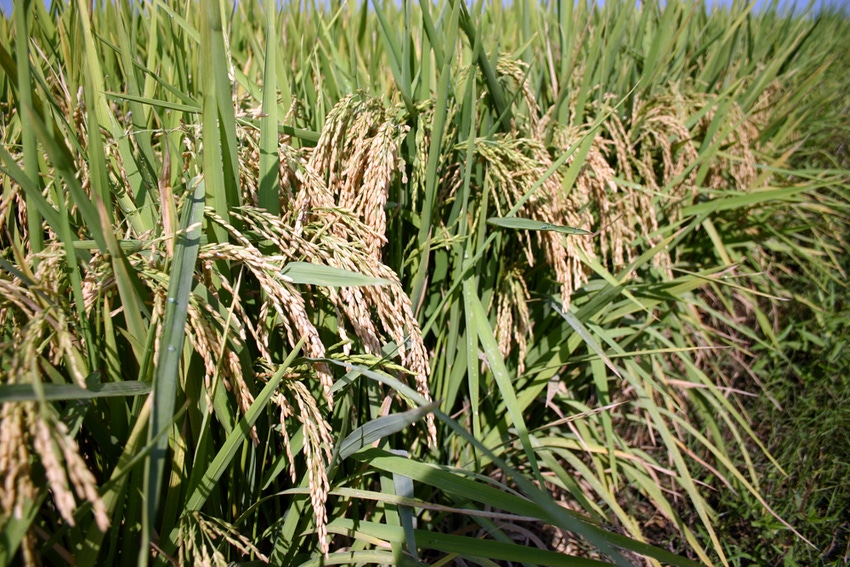April 15, 2012

Encouraging farmers to plant rice this year has been a hard sell. The rice industry is facing multiple issues that have put downward pressure on acres, resulting in what will be one of the smallest rice acreages since the early 1970s.
Excessive day and nighttime temperatures during critical pollination and grain fill caused substantial yield decreases and quality losses in 2010 and 2011. Quality concerns have contributed to slowing exports. There still remains a relatively large negative basis for rice, and strong corn and soybean prices. Finally, recent increases in diesel fuel and urea prices have applied more downward pressure on our prospective rice acreage.
The price of urea has increased substantially in recent weeks. Retail quotes for urea have been around $750 per ton (82 cents per pound of N) as recent as April 6. However, UAN 32 percent can be purchased for $400 per ton (63 cents per pound of N). This price difference has led to the question, “Can I apply UAN at planting?”
Ultimately, the short answer is no. To get a more detailed explanation, the nitrogen components of UAN need to be examined. 32 percent UAN is comprised of 7.75 percent ammonium nitrogen, 7.75 percent nitrate nitrogen, and 16 percent urea nitrogen. The 7.75 percent nitrate nitrogen will become unusable in rice because in a flooded rice culture, nitrate nitrogen will quickly turn to a gas and be lost in the atmosphere (also known as dentrification). As a result, only 23.75 percent out of the 32 percent UAN could possibly be utilized by rice, which would increase the price of UAN to 84 cents per pound of N.
Another scenario that has resulted in numerous questions is that of applying UAN out at or near the time of planting. Once again, the short answer is no. Urea and ammonium are converted to nitrate quite rapidly in aerobic or dry soils. Our laboratory studies show that 50 percent of the urea applied can be transformed to nitrate in as few as five days after application.
It typically takes 25 to 35 days from planting to permanent flood establishment. By the time this occurs, it is feasible that essentially all of the nitrogen would have converted to nitrate and would be lost upon flood establishment.
Economics of nitrogen fertilization are clearly driving these questions. With that being the case, I have calculated the Economical Optimum Nitrogen Rate (EONR) for CL151, CL111, CL162 and Rex. These rates are based on the numerous nitrogen response plots that are conducted on grower fields each year. The EONR was calculated based on the responsiveness to nitrogen with respect to grain yield and the current cost of urea ($750 per ton) and expected price of rice ($6 per bushel).
The following table shows the nitrogen rate at which maximizes rice grain yield, the nitrogen rate that achieves 95 percent of the relative grain yield, and the nitrogen rate that is most economically effective (EONR). Based on these data, if you are applying 180 to 200 pounds of nitrogen per acre for these commonly planted varieties, with good water management you should be able to dial back on nitrogen and still achieve high grain yields.
Variety | Maximum N Rate | 95 percent N Rate | Economic Optimum N Rate |
| pounds of nitrogen per acre | ||
CL111 | 190 | 120 | 160 |
CL151 | 194 | 120 | 160 |
CL162 | 177 | 102 | 140 |
Rex | 198 | 116 | 157 |
In summary, applying nitrogen with the source being UAN 32 percent is not as economical as it may seem at first glance. In actuality, using UAN 32 percent could end up costing a great deal more than urea due to the substantial loss potential. The best way to trim costs without affecting grain yield is to dial back the nitrogen rate to the economic optimum N rate based on current prices for urea and rice.
You May Also Like




